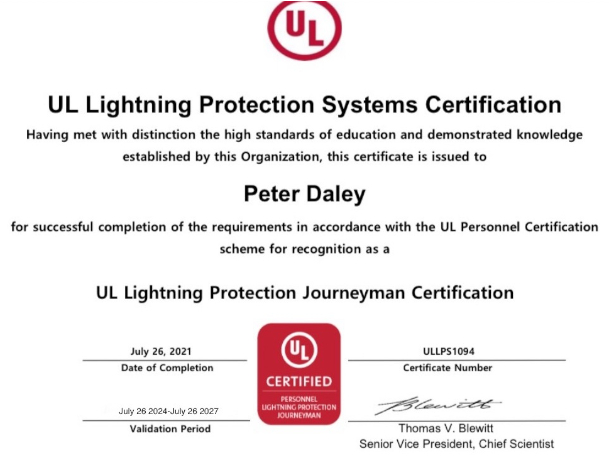How To Stay Protected Against Power Surges

You might be surprised to hear that lightning strikes the earth every second, meaning the odds of being struck are far great than you might think. If lightning were to strike your home, its electrical system would likely be completely compromised by a power surge, damaging your electronic devices at the same time. Large appliances and computers can all be ruined by a single power surge caused by a lightning strike, which could cost you thousands of dollars to replace. Luckily, the pros at Lightning Protectors have provided you with this article explaining how to best protect your home from power surges, so keep reading to learn more.
How Do Power Surges Happen?
Damage to your electronics occur when a device's peak voltage is exceeded. This can happen as a result of power grid issues or, more commonly, by lightning. Direct strikes cause the most damage to a home's electrical system, sometimes creating millions of volts of electricity. This can also cause structural damage as well as start fires.
Even if lightning isn't a common occurrence where you live, your home can still be at risk of an indirect strike. Lightning can sometimes hit more than 10 miles away from its storm, making it a dangerous, traveling risk. Indirect strikes, while not as dangerous as direct ones, can still melt your circuits.
How To Protect Your Electronics
Lightning rods are typically installed on homes located in areas prone to thunderstorms. They divert the electric current from lightning the ground, away from your home, to keep its structure and the people inside safe. However, a lightning rod can't keep your home safe from power surges. To make sure your vulnerable electronics and appliances are protected against power surges, you'll need a surge protection system. There are three types of surge protection systems to choose from:
- Type 1- This kind of surge protector is connected to your home's main switchboard or electric meter and is best used alongside lightning rods to ensure double the lightning protection.
- Type 2- This surge protection device is installed directly onto your home's electrical panel and doesn't require the support of a lightning rod. They best protect your home from indirect strikes and other kinds of high-voltage surges.
- Type 3-The last type of surge protector is used to provide protection to your large appliances and electronics. A good example is a multi-outlet board you would plug your computer into.
Call The Pros In Lightning Protection
To make sure your home is properly protected against power surges in the future, it's best to call on a professional lightning protection company like Lightning Protectors. Our licensed electricians can help address your home's specific needs, what kind of surge protection device would benefit you most, and give you the information you need to make sure your home is safe during the next storm.

